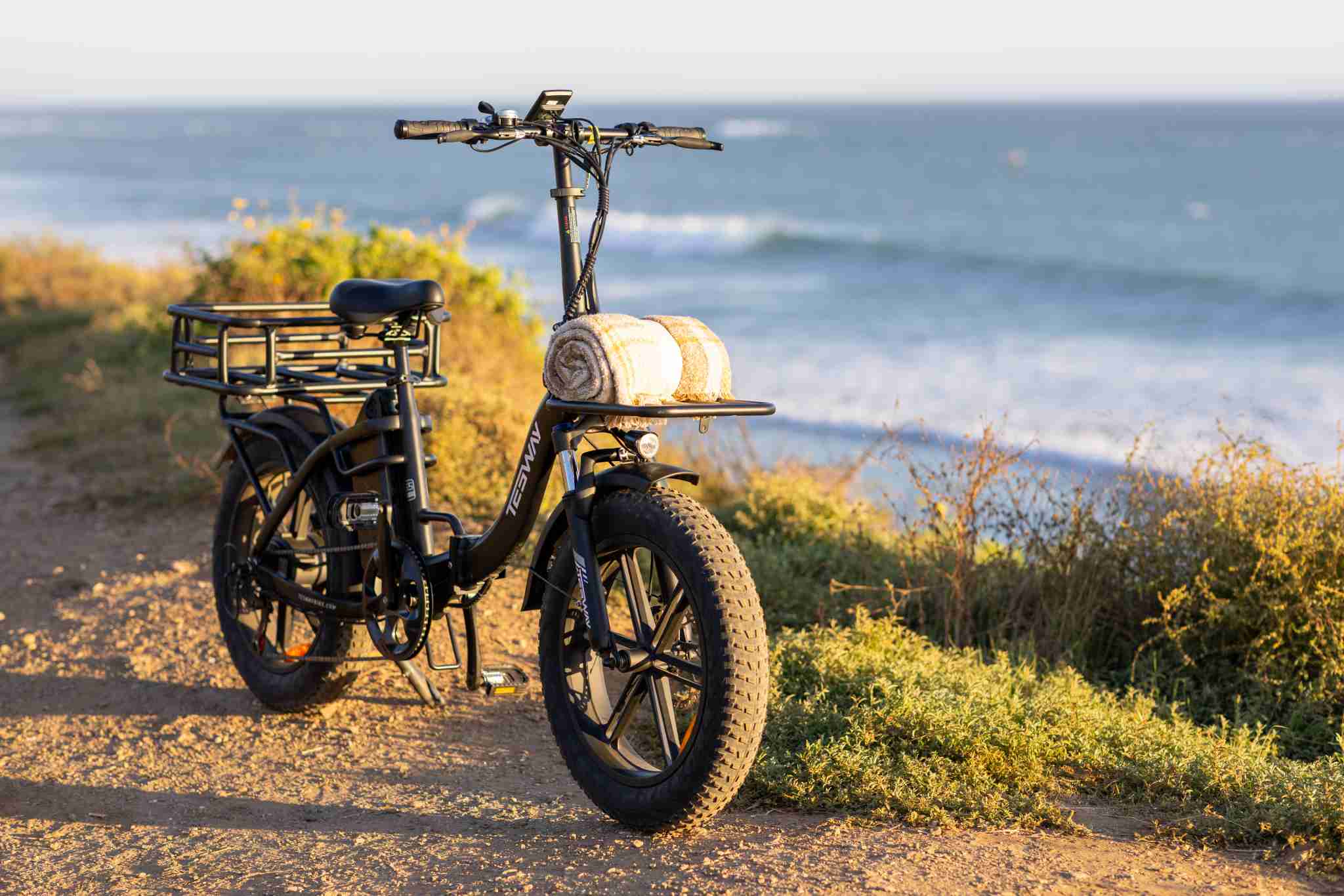Electric bikes, often referred to as e-bikes, have revolutionized the world of cycling, offering a convenient and eco-friendly means of transportation. However, with the growing popularity of e-bikes, it's essential to understand the importance of safe and responsible riding. In this guide, we'll explore key practices and tips to ensure your e-bike journey is not only enjoyable but also safe for you and those around you.
- Familiarize Yourself with Local Regulations:
Before hitting the road, take the time to research and understand the e-bike laws and regulations specific to your area. Laws regarding e-bikes may vary by region, including speed limits, age restrictions, and where e-bikes can be ridden.
- Choose the Right E-Bike for Your Skill Level:
Selecting an e-bike that matches your riding skills and needs is crucial. E-bikes come in various styles, from commuter models to off-road mountain bikes. Ensure you choose one that suits your experience level and intended usage.
- Master Basic Riding Skills:
Whether you're a novice or an experienced cyclist, it's essential to hone your e-bike handling skills. Practice braking, turning, and maintaining balance, especially if you're new to electric bikes or haven't ridden a bicycle in a while.
- Understand Your E-Bike's Features:
Each e-bike model may have different features and riding modes. Familiarize yourself with your e-bike's settings, including power assist levels, throttle operation, and braking systems. Knowing how to use these features safely is crucial.
- Wear Appropriate Safety Gear:
Always prioritize safety by wearing the right gear. A properly fitted helmet is a must, and additional protective equipment such as gloves, knee pads, and elbow pads can provide extra security, particularly for off-road riding.
- Respect Traffic Rules:
When riding on roads and shared paths, obey all traffic rules and signals. Signal your intentions with hand signals when turning or changing lanes, and always yield the right of way when necessary.
- Maintain Safe Speeds:
E-bikes are known for their speed capabilities, but riding at a safe and manageable pace is essential. Adhere to speed limits and adjust your speed based on road conditions, traffic, and your comfort level.
- Be Mindful of Pedestrians and Other Cyclists:
Show courtesy to pedestrians and traditional cyclists by reducing your speed when passing and giving them a wide berth. Be prepared for unexpected movements and exercise caution in crowded areas.
- Keep a Watchful Eye:
Stay vigilant and maintain a 360-degree awareness of your surroundings. Scan for potential hazards, such as potholes, debris, or sudden stops in traffic, to ensure a safe ride.
- Maintain Your E-Bike:
Regularly inspect and maintain your e-bike to ensure its safe operation. Check the brakes, tires, lights, and electrical components. Regular maintenance can prevent accidents caused by equipment failures.
- Ride Defensively:
Adopt a defensive riding approach, assuming that others on the road may not see you or anticipate your actions. Stay alert and be prepared to react quickly to unexpected situations.
- Charge Your Battery Safely:
When recharging your e-bike's battery, follow the manufacturer's instructions and use the provided charger. Avoid overcharging or leaving the battery unattended while charging to prevent potential hazards.
- Educate Others:
If you ride with others, especially newcomers to e-bikes, take the time to educate them on safe riding practices and etiquette. Encourage responsible riding behavior within your cycling community.
- Ride Responsibly in Nature:
If you enjoy off-road e-biking, be mindful of the environment. Stay on designated trails, avoid disturbing wildlife, and follow any park or trail regulations.
By adhering to these safe and responsible e-bike riding guidelines, you can enjoy the benefits of electric cycling while minimizing risks to yourself and those sharing the road or trail. Remember that safety should always be a top priority, and responsible riding sets a positive example for the e-bike community as a whole.







Share:
Unveiling the Tesway Walker: Your Ultimate Commuter E-Bike for 2023